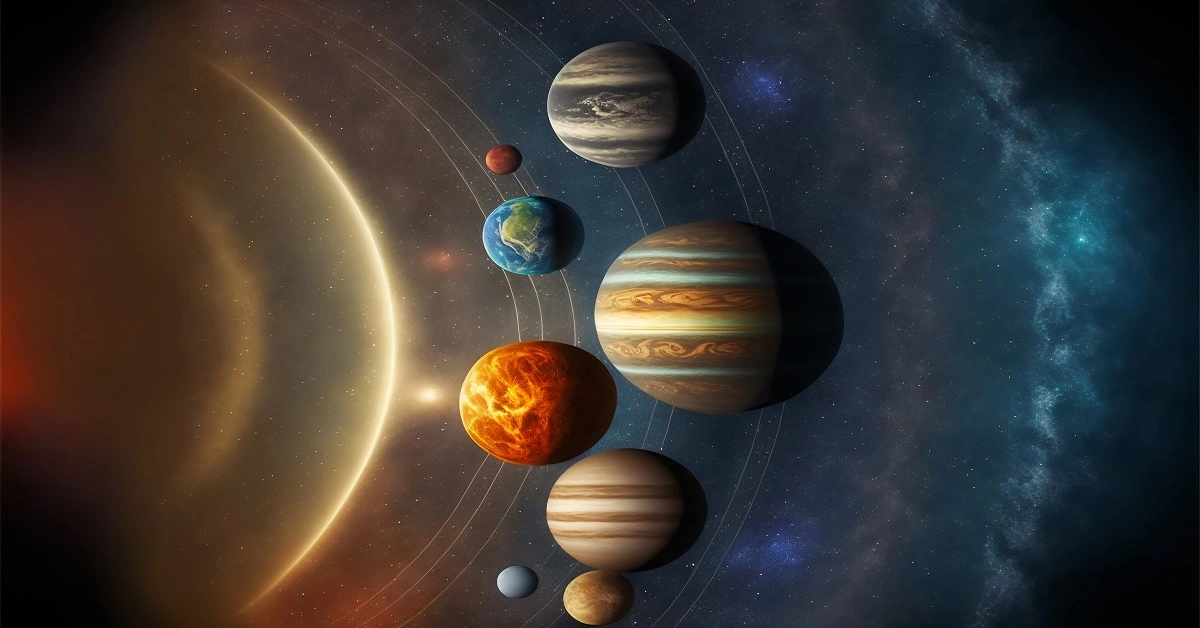The Evolution and Structure of Galaxy aotbpbf1nps

What Is the Galaxy “aotbpbf1nps”?
The term “aotbpbf1nps” might sound like a random string of characters, but in the context of astronomy, it points to a specific galaxy, possibly one yet to be widely discussed. Galaxies are vast systems of stars, planets, gas, dust, and dark matter, bound together by gravity. Each one has its own distinct qualities, and galaxy:aotbpbf1nps= stitch may very well be a unique or newly identified galaxy that researchers have begun to observe.
A Deep Dive into Galaxy Naming Conventions
Galaxies have a history of being labeled with complex names and catalog numbers, often confusing for the average person. Usually, these designations come from the telescopes and databases that discover them. For instance, we have galaxies named after the instruments used, like Hubble or other observatories. Similarly, galaxy:aotbpbf1nps= stitch could be following this convention, assigned by a database or system that tracks newly found cosmic objects.
What Makes a Galaxy Special?
Every galaxy holds its own mysteries. Some have unique structures, while others have remarkable histories. In the case of “aotbpbf1nps,” we can infer it may have features that make it stand out from other galaxies. From its size, age, to its position in the universe, there are several factors that can influence why this galaxy has caught the attention of astronomers.
The Importance of Galaxy Classification
Galaxies are classified to better understand their formation and development. Whether it’s a spiral, elliptical, or irregular galaxy, the shape and structure provide clues about its age and the forces shaping it. Is “aotbpbf1nps” a spiral galaxy with grand design arms, or is it more of an elliptical shape? These details can give insight into how it has evolved over billions of years.
Different Types of Galaxies
There are primarily four main types of galaxies: spiral, elliptical, lenticular, and irregular. Spiral galaxies like the Milky Way are known for their rotating arms, while elliptical galaxies are more football-shaped with older stars. Irregular galaxies don’t fit into any specific pattern. Without knowing more about galaxy:aotbpbf1nps= stitch it’s challenging to pinpoint its type, but each form brings different cosmological insights.
Stitching the Cosmos Together
Understanding the Stitch Concept in Astronomy
The word “stitch” in this context is not about knitting but rather connecting and piecing together parts of the universe. In astronomy, stitching could mean linking observations from different telescopes or instruments to create a full picture of a galaxy like “aotbpbf1nps.” By combining multiple datasets, scientists can make more detailed models of the galaxy’s structure and behavior.
How Does It Work?
Stitching data from various observations allows for a more comprehensive view. Different wavelengths of light—visible, infrared, and X-ray—reveal different aspects of a galaxy. One telescope may capture stars while another detects gas clouds. The process of stitching this information together helps form a complete image.
Why Is It Important?
Without stitching data together, our understanding of galaxies like “aotbpbf1nps” would be fragmented. We need these holistic views to grasp the full nature of cosmic objects. Understanding how galaxies evolve, interact, and affect each other requires looking at the whole picture—one that can only be achieved by stitching multiple layers of data together.
The Role of “aotbpbf1nps” in Cosmic Structures
Formation and Evolution of “aotbpbf1nps”
Galaxies don’t just appear—they evolve over billions of years. “aotbpbf1nps” is likely no different. Its formation may have begun with clouds of gas collapsing under gravity to form the first stars. Over time, these stars and gas clouds would have interacted, and possibly merged with other galaxies, influencing its growth and structure.
Early Universe Galaxies
Studying galaxies like galaxy:aotbpbf1nps= stitch gives insight into how the universe looked billions of years ago. Many galaxies we observe today have roots that trace back to the early universe, so understanding their evolution helps piece together cosmic history.
Impact on Neighboring Galaxies
Galaxies aren’t isolated; they exist in clusters and groups. The gravity of one galaxy affects those nearby, leading to galaxy mergers or the formation of galactic halos. It’s possible that “aotbpbf1nps” plays a critical role in its local cosmic neighborhood.
Technology and Tools Used to Discover “aotbpbf1nps”
Telescopes and Imaging Technology
Modern discoveries like galaxy:aotbpbf1nps= stitch are made possible through advanced telescopes. Ground-based observatories, space telescopes like Hubble, and radio observatories all work together to provide astronomers with detailed views of galaxies.
Advancements in Space Observation
Over the last few decades, the development of high-resolution imaging has opened up new possibilities for understanding galaxies. Instruments that can observe different wavelengths allow scientists to get a full picture of complex galaxies like “aotbpbf1nps.”
Computational Methods for Galaxy Mapping
Mapping galaxies is no easy task. Computational algorithms are crucial in analyzing the enormous datasets collected by telescopes. These programs can stitch together the various observations into coherent maps, offering insight into the structure and properties of galaxies like “galaxy:aotbpbf1nps= stitch.”
Future Research on “aotbpbf1nps”
What Are the Next Steps?
Research into galaxies like “aotbpbf1nps” is far from over. With new space missions like the James Webb Space Telescope, we’re likely to gather even more detailed information about this galaxy and others like it.
Potential Discoveries Awaiting in the Universe
Who knows what mysteries galaxies like galaxy:aotbpbf1nps= stitch hold? Each new discovery opens a door to more questions about the universe’s origins, evolution, and future. As we continue to study these cosmic giants, we’re likely to uncover new phenomena that challenge our understanding.
Conclusion: The Bigger Picture of “aotbpbf1nps”
In conclusion, while galaxy:aotbpbf1nps= stitch may not yet be a household name in astronomy, it represents a piece of the vast cosmic puzzle. Through technology, collaboration, and continued research, we will unravel more about galaxies like “aotbpbf1nps,” contributing to our understanding of the universe.